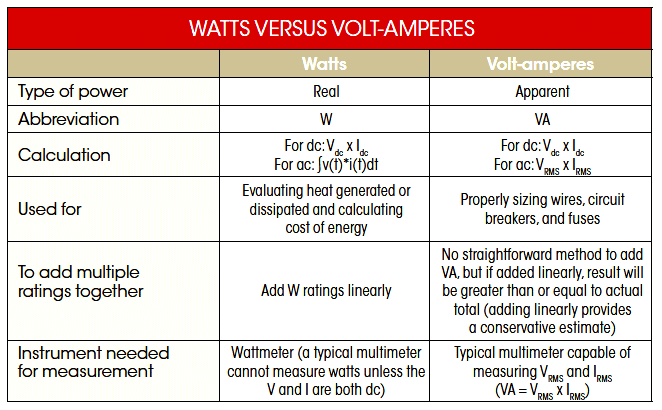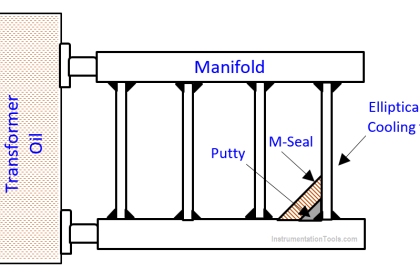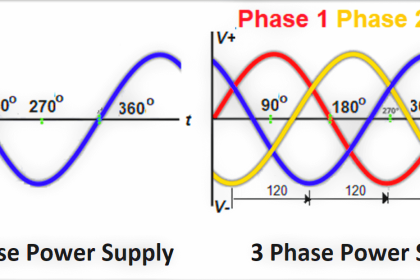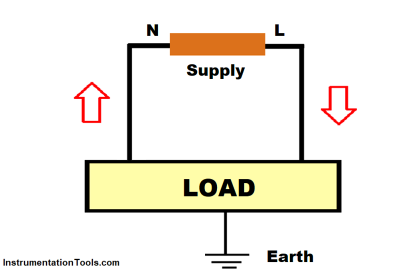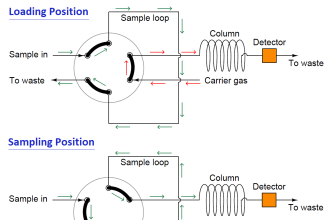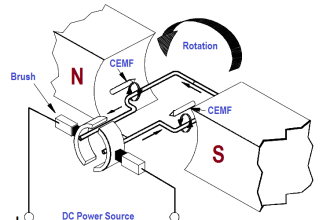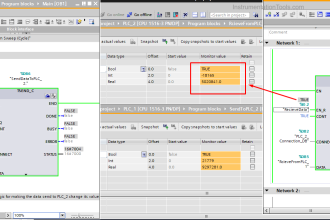As you would know, electrical products generally indicate both to show how much energy and current they draw.
So herewith a quick summary of the differences with some interesting alternative calculations to work out total VA (I am waiting for the deluge of critiques from my electrical brotherhood).
Real Power – Watts
Real power is measured in watts (or W). One watt is the consumption or generation of energy at the rate of one joule per second. This is what you as a consumer generally pay your electrical utility in kilowatt-hours (a 60W light bulb left on for 10 hours consumes 0.6 kWh).
We have a surprisingly wide range of charges throughout the world for kilowatt-hour charges. For example (for 2011 in US cents), in India it is 8c/kWh against Denmark where it is 41c/kWh (perhaps – and I am speculating here – they are paying for the enormous investment in wind energy). Other interesting ones are Australia (29c/kWh), UK (20c/kWh) and South Africa and Canada (10c/kWh). People building aluminium smelters would consider these numbers as they would make a big difference to a business case.
Watts are calculated by W = volts (rms) x amps (rms) x cos (phi) where phi is the angle between the current and voltage for ac circuits (cos (phi) is often referred to as the power factor). Rms volts refers to root mean square voltage (which is peak volts divided by square root of 2).
For dc circuits, this simply becomes W = V (dc) x I (dc) .
When calculating the real power for multiple devices; you simply add the watts for each appliance.
The measurement of watts does require specialized equipment where both voltage and current needs to be measured over a specific time. A standard multimeter is not much help here.
Apparent Power – Volt-Amperes (VA)
VA = volts (rms) x amps (rms)
or for dc VA = V (dc) x I (dc)
Volt amps are very important for calculating current draw (and is essential to know in sizing cables). So to work out the current draw of a device; you simply take the VA and divide by rms voltage.
For example, you have a device which is rated at 500VA (maximum VA the device will draw). If it is supplied by a 230Vrms ac line; you would calculate maximum current as 500 VA/230Vrm = 2.2amps (rms). You must ensure your wires and associated circuits can cope with 2.2amps (rms).
Adding VA
Unfortunately (apart from direct current circuits); you can’t simply add the VA rating of devices to come up with the total VA rating. This is because the currents for each device are not necessarily in phase with each other.
But – importantly – you can add up the individual VA ratings to get a conservative figure since the actual total (calculated correctly) will always be less than or equal to this value.
Power Factor
Power factor is always between zero and 1 because watts (real power) is always less than or equal to volt amperes. As you electrical types know, it is possible to have a voltage across a device (e.g. capacitor) and to draw a significant current (and thus need to rate the cables correctly for this current) but to consume no energy (zero watts).
As far as kWh are concerned, Earl Wilson remarked: Benjamin Franklin may have discovered electricity, but it was the man who invented the meter who made the money.
Volts vs Watts
